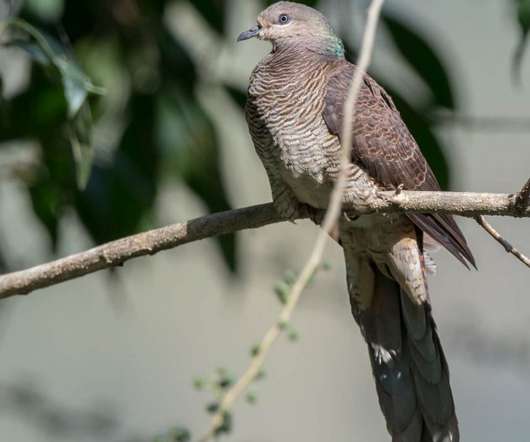Birding Hongbenghe, Yunnan
10,000 Birds
JUNE 23, 2022
It seems that this is another species for which the standard phrase of scientists anywhere, “more research needed”, applies. Even though the English name may indicate that it mainly feeds on crests, it really mostly eats reptiles, primarily tree snakes (HBW). ” Some superstition surely should be supported.












Let's personalize your content